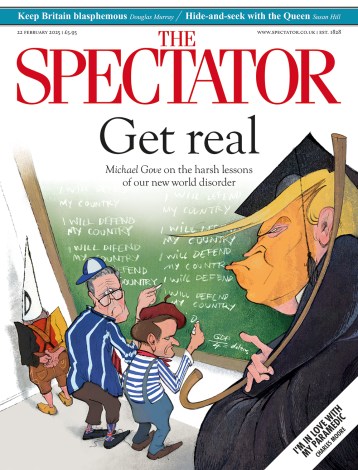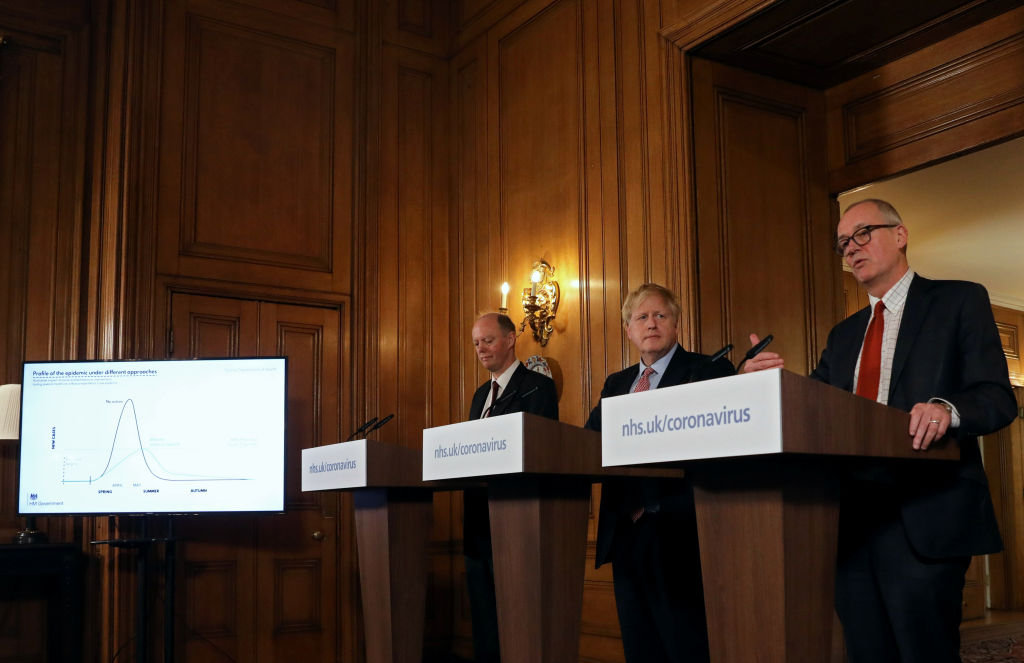Dominic Cummings placed a job advert back in January calling for data scientists, statisticians and modellers. Since then, the coronavirus epidemic has made all of us ‘weirdos and misfits’ in our growing obsession with data. Everyone now has opinions on the latest coronavirus statistics, whether it’s South Korean test numbers, German fatality rates or Italian regional differences. The latest data visualisations get shared widely across the internet. But how should we make sense of them?
To a professional mathematician like me who gives lectures about probability and uncertainty, the rise of the epidemic modellers is somewhat bewildering. Compared to the problems I normally work on, modelling the epidemic is both incredibly easy and unbelievably hard.
We think we know how epidemics play out. Every infected person passes on the virus to the same number of people every day. Let’s suppose that it’s two people per day, and then we can see the terrifying maths of exponential growth.

Get Britain's best politics newsletters
Register to get The Spectator's insight and opinion straight to your inbox. You can then read two free articles each week.
Already a subscriber? Log in






Comments
Join the debate for just $5 for 3 months
Be part of the conversation with other Spectator readers by getting your first three months for $5.
UNLOCK ACCESS Just $5 for 3 monthsAlready a subscriber? Log in